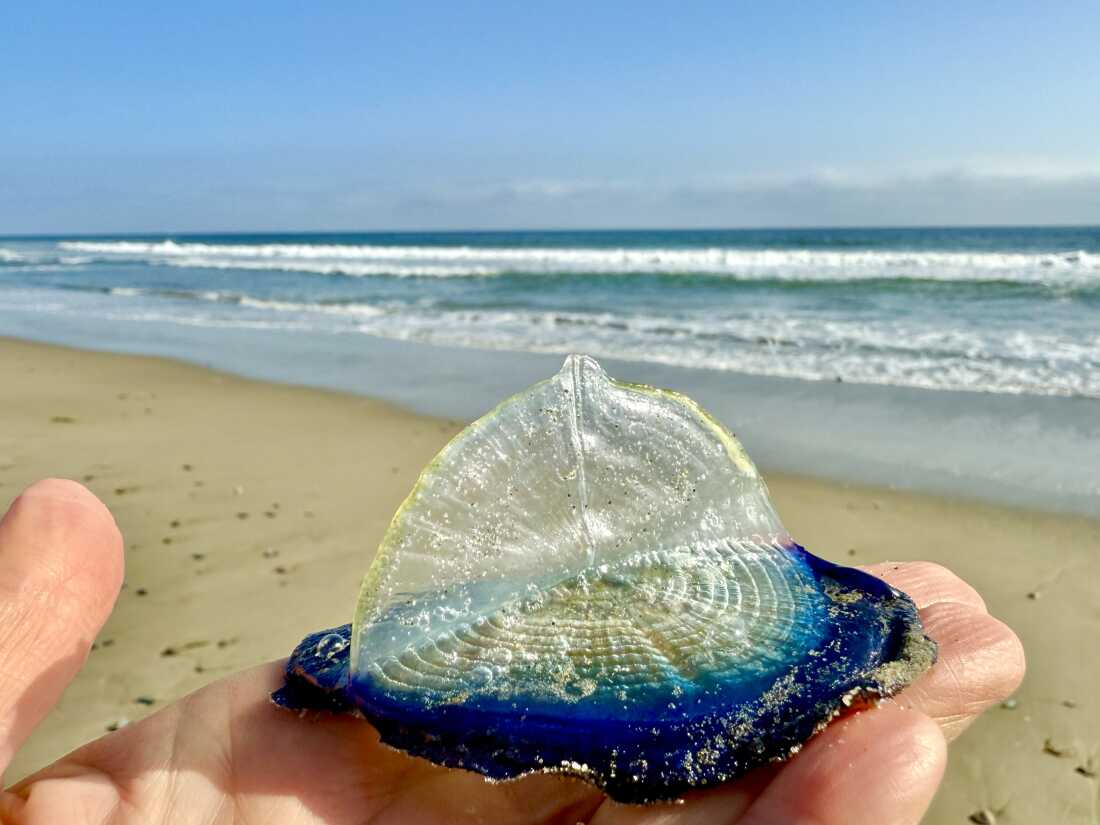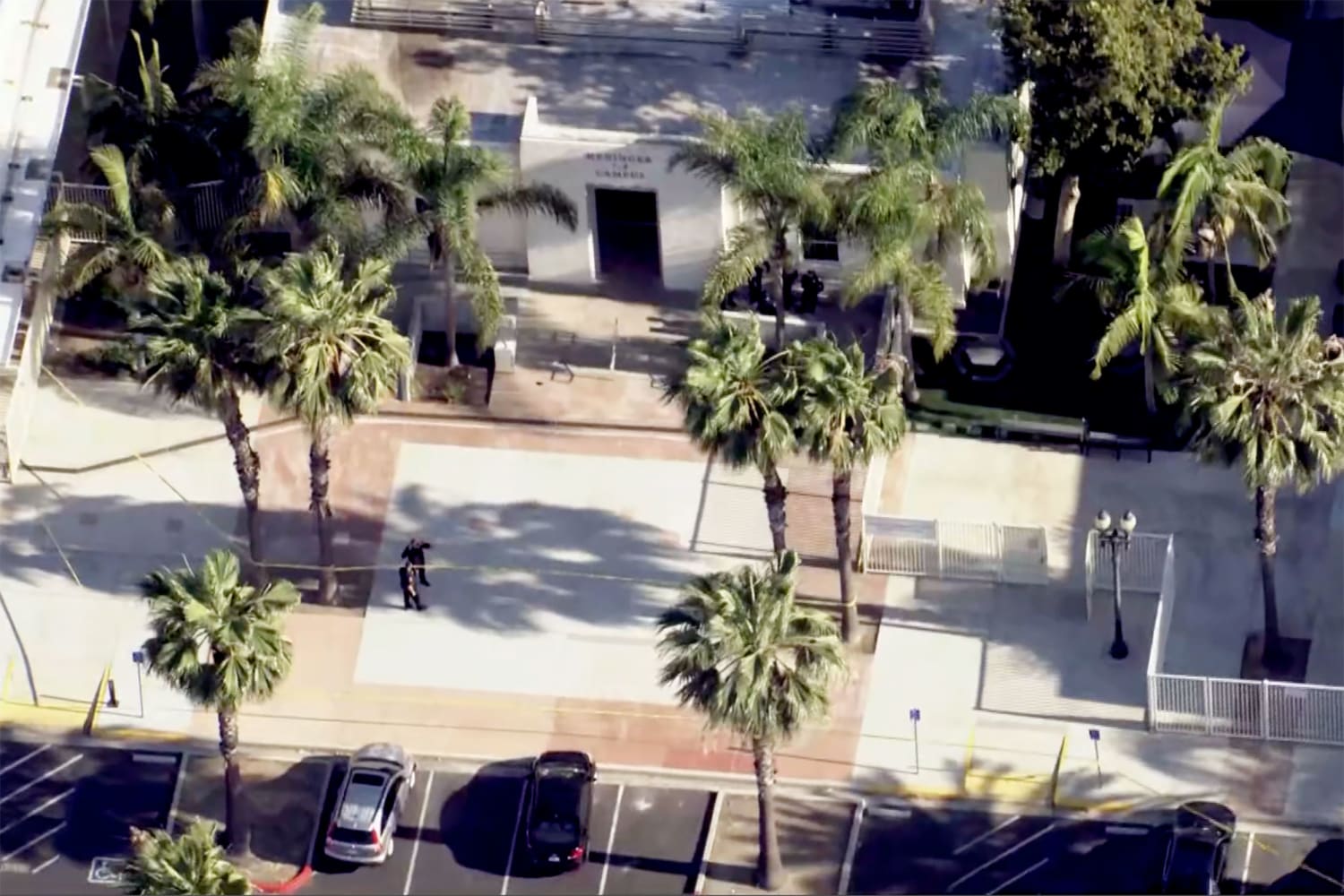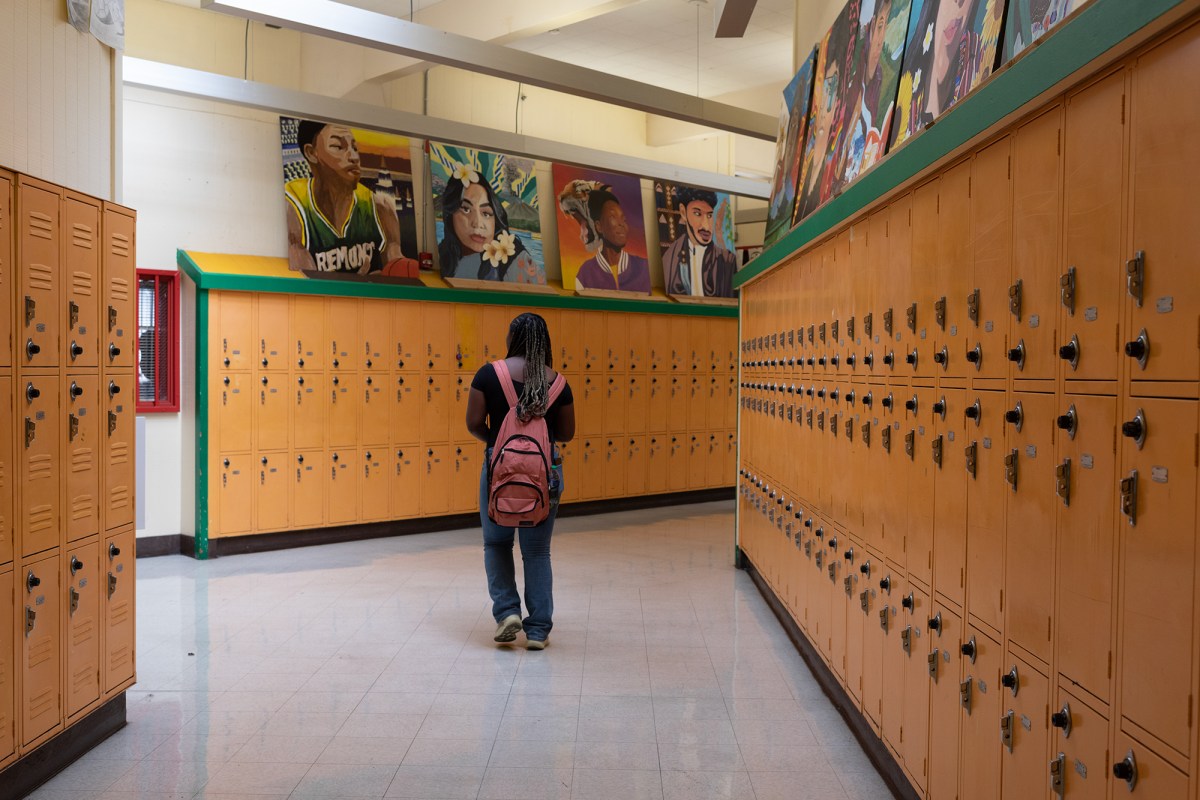Executive Summary
- The Kosmos 482 probe, launched in 1972, is expected to reenter Earth's atmosphere after failing to reach Venus.
- Experts believe parts of the probe could survive reentry due to its design for Venus' harsh atmosphere.
- The potential impact zone spans a wide area between 52 degrees north and south latitude, though the risk to individuals is considered low.
Event Overview
The Soviet Union's Kosmos 482, a probe intended to explore Venus, is set to reenter Earth's atmosphere after being stranded in low Earth orbit since 1972 due to a launch malfunction. The probe, comprised of a lander module designed to withstand Venus's extreme conditions, is being tracked by international space agencies. Its reentry poses a minimal risk to the global population, with experts calculating the probability of individual harm as very low, overshadowed by the fact that majority of the planet's surface is water. While the exact time and location of reentry are uncertain, the event is attracting attention as an example of uncontrolled space debris reentry.
Media Coverage Comparison
| Source | Key Angle / Focus | Unique Details Mentioned | Tone |
|---|---|---|---|
| NPR | Potential impact and survival of the lander. | Quotes Jonathan McDowell on the chances of damage or injury and the likelihood of the probe surviving reentry. Mentions the probe separated into multiple pieces, some of which landed in New Zealand shortly after launch. | Informative and slightly cautious |
| BBC | Low risk of damage and design of the lander to survive reentry. | Quotes Stijn Lemmens from the European Space Agency on the improbability of being impacted by space debris. Highlights the degraded state of the parachute system. | Reassuring and factual |
| Space.com (1) | Uncertainty surrounding reentry time and location. | Provides an estimated reentry time window from The Aerospace Corporation and discusses the wide potential impact zone. Mentions Marco Langbroek's assessment that the probe is likely to reach Earth as a single object, reducing risk. | Analytical and data-driven |
| Space.com (2) | Live webcast of reentry attempt. | Details a live webcast hosted by the Virtual Telescope Project and emphasizes the difficulty of observing the reentry. Mentions Gianluca Masi's uncertainty about successfully capturing the event. | Optimistic yet realistic |
Key Details & Data Points
- What: Reentry of the Kosmos 482 probe into Earth's atmosphere.
- Who: Soviet Union (launched the probe), international space agencies (tracking the probe), Jonathan McDowell (astronomer), Stijn Lemmens (European Space Agency), Marco Langbroek (Dutch satellite tracker), The Aerospace Corporation, Virtual Telescope Project.
- When: Launched in 1972, expected reentry around May 10, 2024 (with a wide margin of error).
- Where: Potential impact zone between 52 degrees north and south latitude, covering a large portion of Earth's surface. Observed via webcast from Manciano, Italy.
Key Statistics:
- Key statistic 1: 1 meter (3.3 feet) (approximate diameter of the lander)
- Key statistic 2: 495 kilograms (1,190 pounds) (approximate weight of the lander)
- Key statistic 3: 52 degrees north and south latitude (potential impact zone)
Analysis & Context
The reentry of Kosmos 482 highlights the issue of space debris and the long-term consequences of space missions. While the risk of damage from this particular reentry is considered low due to the probe's design and the vastness of the Earth's surface, it underscores the need for responsible space operations and controlled deorbiting of spacecraft. Discrepancies exist regarding the exact timing of the reentry, reflecting the challenges of predicting the behavior of objects in orbit. The Virtual Telescope Project's attempt to capture the event via webcast underscores the public interest in such events and the ongoing efforts to monitor space debris.
Notable Quotes
"There's a not-trivial chance that it could hit somewhere where it damages property, and there's a small chance — but it's like one in thousands — that it could hurt someone."
"It's much more likely that you win the lottery than that you get impacted by this piece of space debris."
"While the risk is nonzero, any one individual on Earth is far likelier to be struck by lightning than to be injured by Cosmos 482"
"is not sure we will succeed, as this is an extreme task, but we will do our best"
Conclusion
The impending reentry of the Kosmos 482 probe, a failed Soviet Venus mission launched in 1972, highlights the complexities and potential, albeit low, risks of space exploration. While the exact time and location of reentry remain uncertain, current predictions estimate it to occur around May 10, 2025, with a wide potential impact zone between 52 degrees north and 52 degrees south latitude. Despite the low probability of causing harm, the reentry underscores the critical need for responsible space debris management and continuous monitoring of objects in orbit. Kosmos 482, designed to withstand the harsh Venusian atmosphere, may not entirely burn up during reentry, potentially reaching the Earth's surface at a speed of 150 mph. Although the risk to individuals is statistically low, comparable to being struck by lightning, the event serves as a reminder of the potential consequences of uncontrolled reentries and the importance of international collaboration in tracking and mitigating space debris. Live webcasts offer a glimpse into this event, acknowledging the inherent challenges in observing such uncontrolled occurrences.
Disclaimer: This article was generated by an AI system that synthesizes information from multiple news sources. While efforts are made to ensure accuracy and objectivity, reporting nuances, potential biases, or errors from original sources may be reflected. The information presented here is for informational purposes and should be verified with primary sources, especially for critical decisions.









